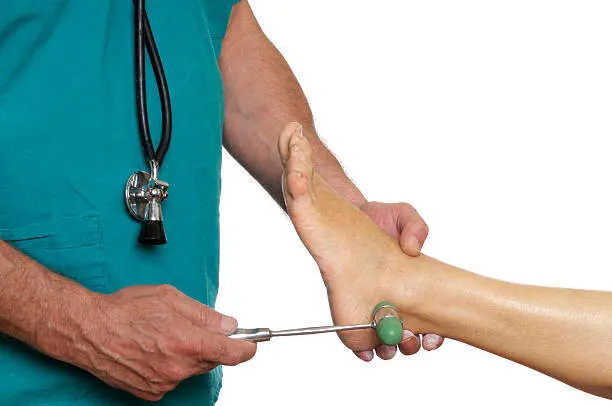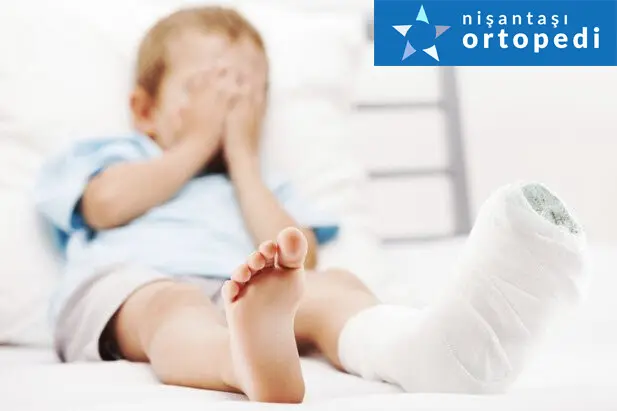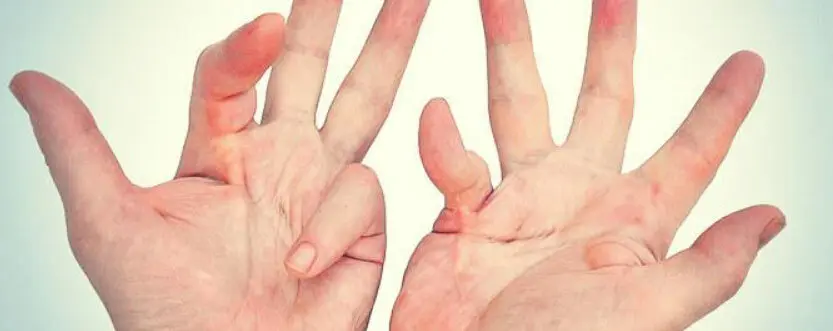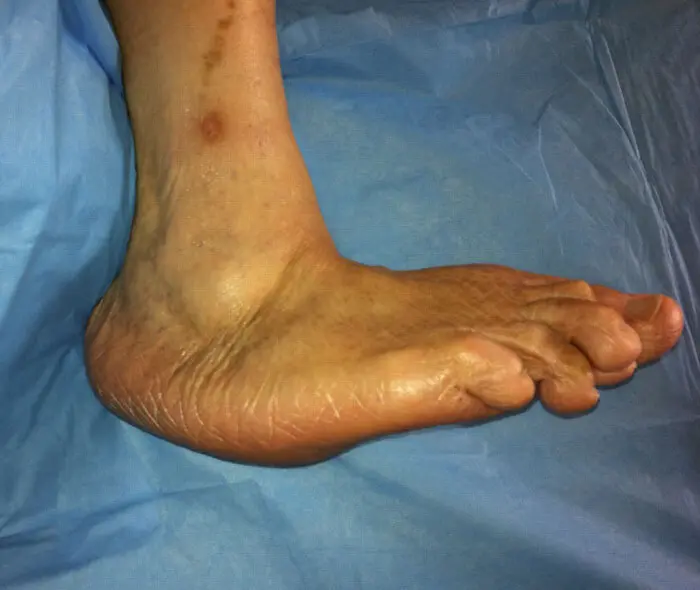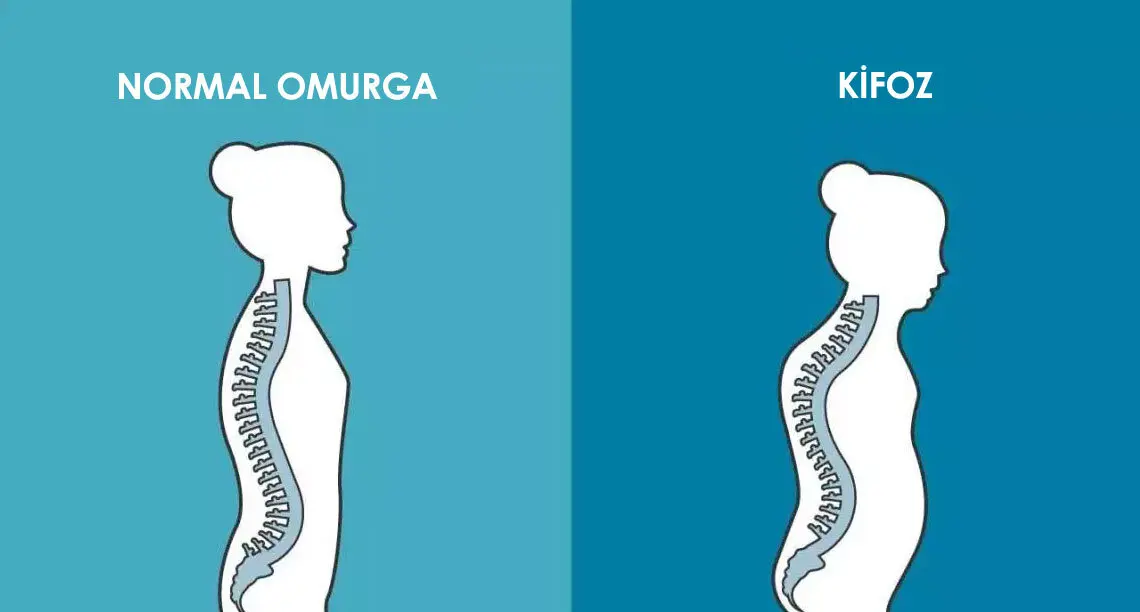11 Apr Glutathione Treatment
It is an antioxidant naturally found in our body. Antioxidants are substances that prevent cellular damage caused by molecules known as free radicals. It is important to ensure healthy cell function by protecting our cells from the damage of free radicals. It is a method used to increase glutathione levels. This treatment stimulates the production of glutathione, which is naturally found in the body.



